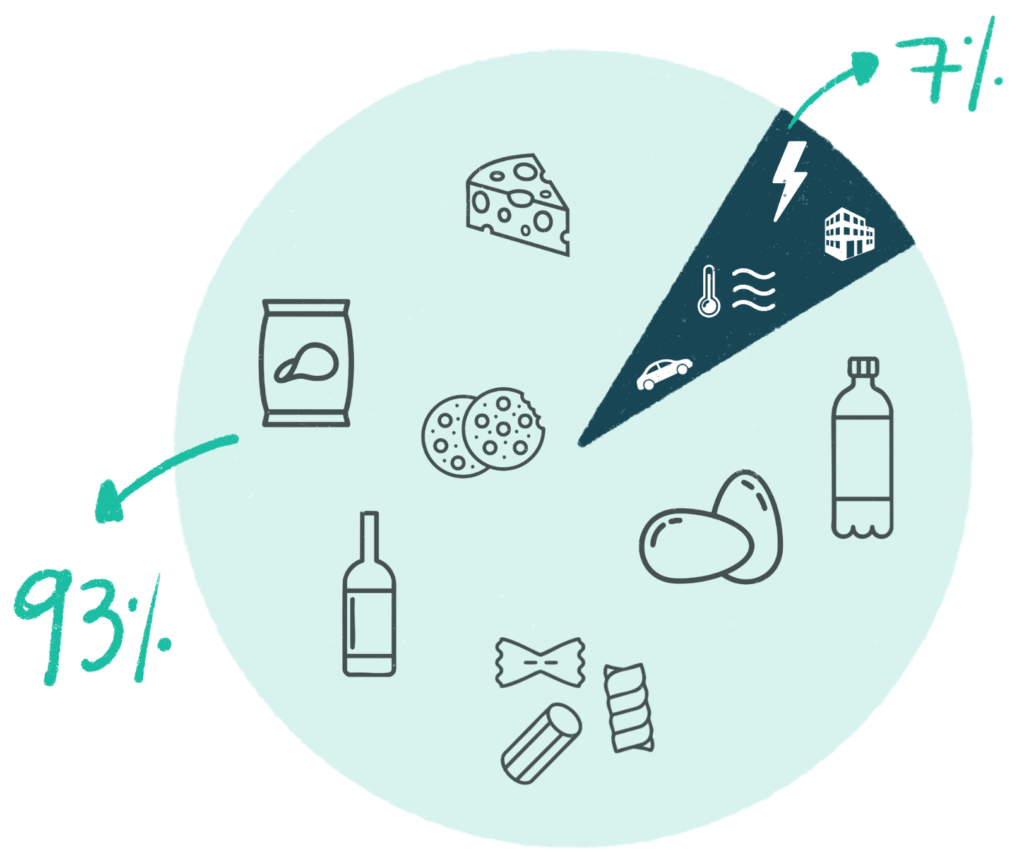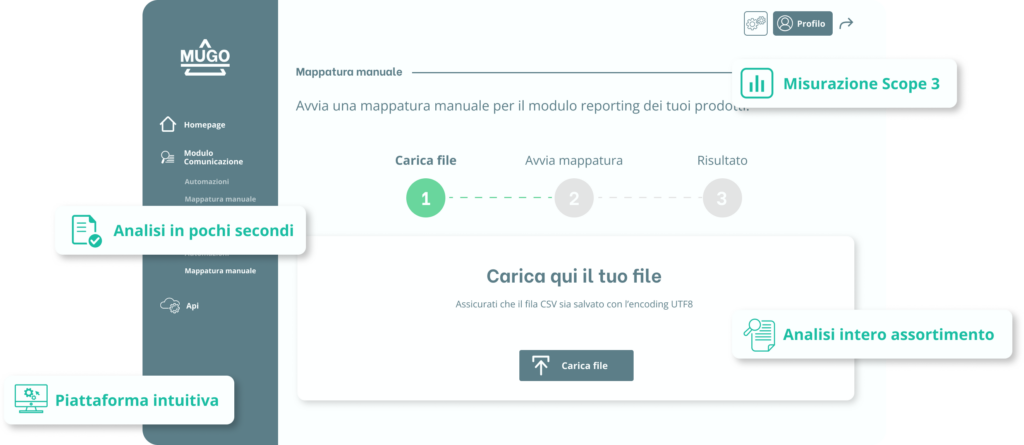CSRD and the Omnibus Directive: what changes for Retail grocery and how to prepare
The Corporate Sustainability Reporting Directive (CSRD) and the recent Omnibus package are transforming ESG reporting, with a strong impact on the retail sector. Here’s what’s changing and how to get ready effectively.
What is the CSRD and why does It matter for retail grocery?
The CSRD (Corporate Sustainability Reporting Directive) replaces the former NFRD (Non-Financial Reporting Directive). This regulation requires European companies, including large retail grocery players, to disclose detailed information on their environmental, social, and governance (ESG) performance.
In particular, the CSRD mandates the inclusion of a sustainability report alongside the financial report, with certified and verifiable information on key ESG areas such as:
- Greenhouse gas emissions (GHG)
- Environmental impact
- ESG strategies and policies
What changes with the Omnibus simplification package?
The Omnibus Simplification Package, proposed on February 26, 2025, introduces key simplifications to the CSRD framework:
- Extended deadlines: requirement postponed from 2025 to 2027
- Reduced scope: minimum threshold for obliged companies raised to 1,000 employees
- Streamlined reporting: fewer KPIs and more emphasis on quantitative data to ease compliance
Revised ESRS: what to expect from the new standards
The revised European Sustainability Reporting Standards (Revised ESRS) are expected to be published by October 2025. Compared to earlier versions, the new standards aim to reduce complexity and prioritize quantitative ESG indicators.
While the final structure is yet to be confirmed, early indications are based on the voluntary SME standards (VSME), released in December 2024 and formally recognized under the Omnibus package.
Expected requirements on Climate Change in the new revised ESRS
According to current VSME standards, anticipated sustainability requirements for Climate Change reporting may include:
- Mandatory GHG inventory (Organizational Carbon Footprint) for Scope 1 and Scope 2 emissions, extended to Scope 3 only if relevant to the sector
- Transition plans required only for specific high-impact sectors
- ESG policies and goals disclosure remain mostly voluntary, but strongly recommended for completeness and transparency
How Climate Change reporting may apply to grocery retail and supermarkets
For the grocery retail sector, the revised standards are likely to translate into:
- Mandatory full GHG inventory including Scope 1, Scope 2, and Scope 3, since Scope 3 is considered critical in agri-food supply chains, as confirmed by both VSME standards and the Carbon Disclosure Project (CDP)
- Mandatory transition plans, as retail falls under the required sectors (NACE codes A to H and L)
- Implied obligation to define climate impact reduction goals, as a direct outcome of transition planning
Tangible impacts on Grocery Retailers
The extended timeline offers grocery retailers a valuable opportunity to proactively plan their sustainability strategy by:
- Accurately measuring Scope 3 emissions (which typically account for over 95% of total climate impact)
- Focusing on Scope 3 emissions from purchased goods (representing, on average, over 93% of the total impact)

- Setting measurable and verifiable emission reduction targets
- Developing comprehensive climate transition plans
Key challenges in measuring Scope 3 emissions in Retail
Lo Scope 3 è complesso da misurare per le aziende Retail perché:
- Only 2% of consumer goods suppliers currently provide product-level carbon footprint data suitable for corporate reporting
- Retailers often manage a product portfolio ranging from 30,000 to 400,000 items, each of which needs to be tracked and assessed individually
- Available market tools typically rely on generic data, which fall short of CSRD requirements for actionable transition plans
The most effective process to measure Scope 3 for grocery retailers
A robust Scope 3 calculation process includes:
- Defining a complete carbon footprint baseline (Scope 1, Scope 2, and Scope 3), including full Category 1 (Purchased Goods and Services)
- Identifying emission hotspots to target interventions along the supply chain
- Leveraging advanced tools and platforms such as MUGO Retail, certified under both ESRS and the GHG Protocol, to map and analyze all purchased products
MUGO Retail: a smart solution for Scope 3 analysis
MUGO Retail platform is certified by RINA and streamlines Scope 3 emissions reporting with:
- AI-powered product mapping, which uses existing product master data to calculate emissions without requiring new data collection
- Fast and precise carbon footprint analysis, capable of evaluating hundreds of thousands of SKUs within minutes, offering market-leading accuracy

Visit MUGO Retail or schedule a call here to learn more
